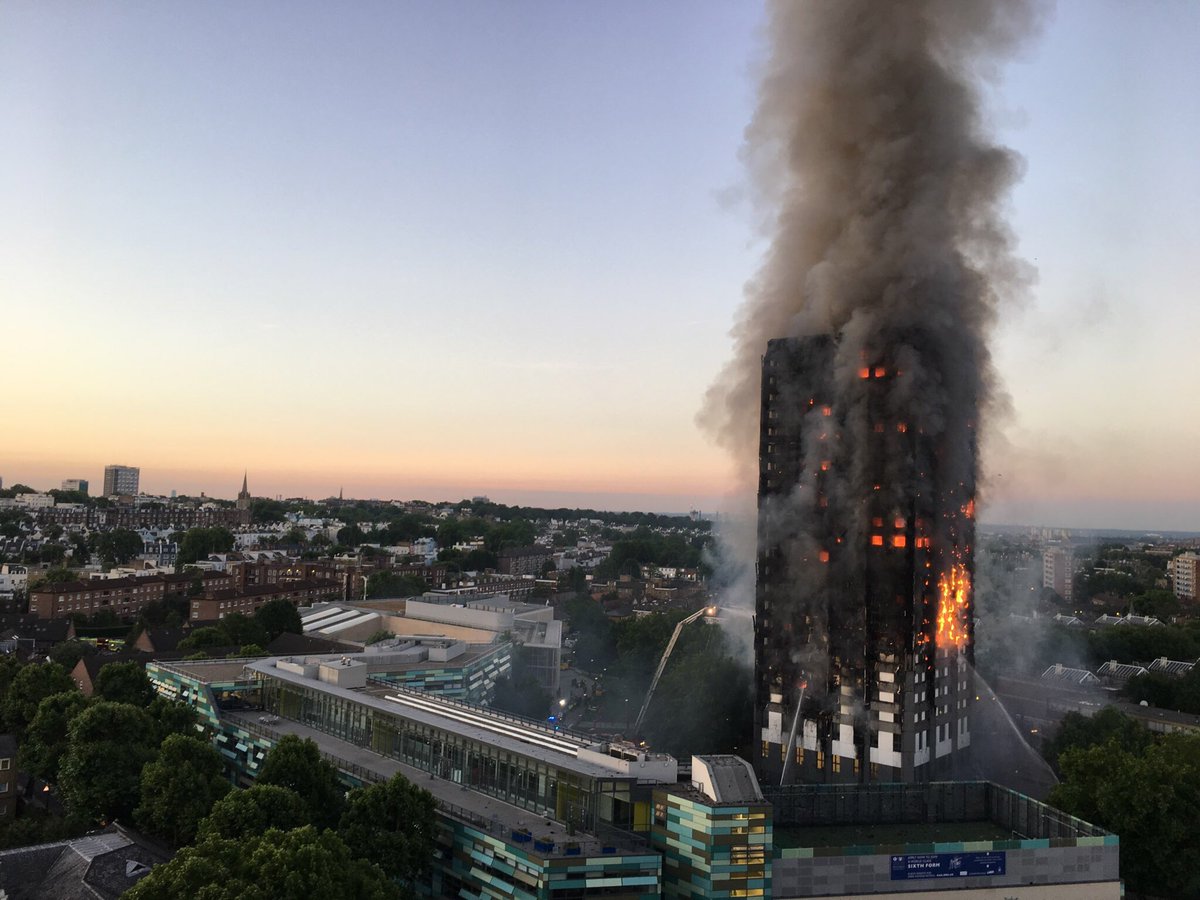Why materials matter: Seetal Solanki on the Grenfell Tower
We wrote a story for It’s Nice That in response the Grenfell Tower tragedy to highlight the importance of why materials do in fact matter.
One week after a west London 24-storey tower block erupted into flames in the deadliest fire in Britain for over a century, the controversial use of the “sandwich panel” cladding which encased Grenfell Tower remains at the heart of media coverage. Material conservationist Seetal Solanki, founder of material research consultancy Ma-tt-er explains why, in the aftermath of the tragedy, it is more important than ever that we understand the materials from which we construct our livelihoods.
London, a city that has embraced me with open arms, never judging me for my quirks or mishaps, has been under threat for the past few months. I feel the need to defend my city as it has defended me against all odds.
We Londoners are reaching a point of heightened tension and instability brought about by a string of sociopolitical shifts: Brexit, a new hung parliament, a spat of terror attacks and, a week ago, the extreme tragedy of the Grenfell Tower fire which has – at the time of writing – claimed the lives of 79 formally identified residents, with many, many more missing from the building’s 127 flats.
There are multiple speculations around the initial cause of the fire, but the most commonly cited factor in the fire’s swift spreading among mainstream media outlets has been Grenfell Tower’s exterior cladding which was made from an Aluminium Composite Material (ACM). This particular material is made from polyethylene core, which is plastic-based containing petroleum, making up to 90% of the material of ACM. Not such a wise choice of materials when it comes to the health and safety standards of living as ACM isn’t fire-retardant.
